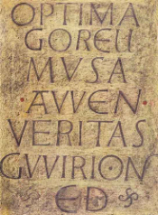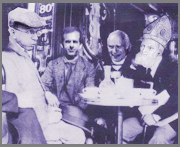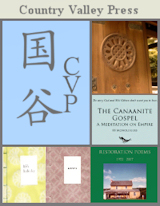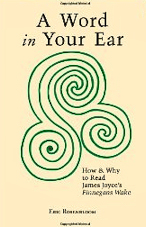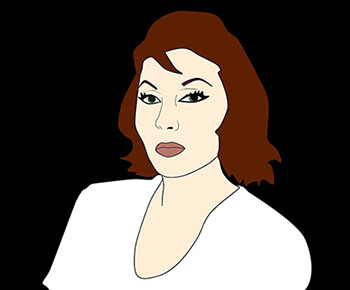
|
|
Summer 2016, Web Issue 18
A multidisciplinary
journal in the
arts and politics

Paintings & Prints
Poetry & Prose
Virtual Facsimiles
Founding Editors:
Joe Brennan
Carlo Parcelli
Contributing Editors:
Bradford Haas
Rosalie Gancie
Cathy Muse
Mark Scroggins
Jim Angelo
Web Editors:
JR Foley
Rosalie Gancie
Nicole Foley
-
[ David Jones's ] work reveals a complex and acute cultural awareness, both of the challenges of Imperialism and “technocracy” in the mid-twentieth century and of his own personal roots in artistic and literary modernism, Celtic culture and Catholic Christianity. What we meet in reading a text or viewing a work by David Jones is an artist in the process of making, and aware of the dynamic character of a work of art.We are not so much deciphering or admiring a finished product as we are discovering traces of the activity of making, in this artist’s particular experience, an activity that he associates with a sacred dimension of human life.
- Kathleen Henderson Staudt
from her Introduction
All essays, poetry, fiction, and artwork are copyrighted in the
names of the authors and artists,
to whom all rights revert.
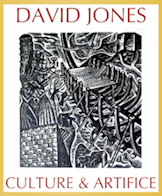
David Jones Conference
March 29 & 30, 2012
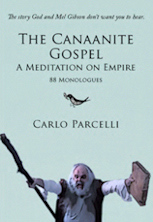
Carlo Parcelli:
Book / Author page
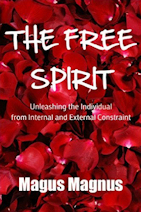
Magus Magnus
Book / Author page
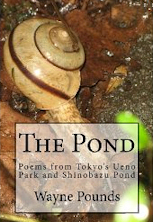
Wayne Pounds
Book / Author page
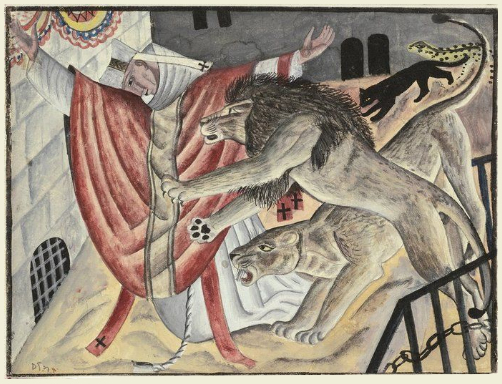
@ Courtesy Estate of David Jones
David Jones, Martyrdom, 1927
watercolour, pencil and black ink
__________________
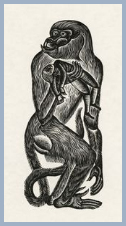 |
David Jones Culture & Artifice
A Collection of Essays
Introduction by
|
Gregory Baker
‘An edition of Jones's address to the University
of Wales on receiving the honorary degree of
Litterarum Doctor, 15 July 1960’
Jasmine Hunter-Evans
‘Bridging the Breaks:
David Jones and the Continuity of Culture’
Thomas Goldpaugh
‘The Signum of Some Otherness:
David Jones and a Eucharistic Theory of Art’
Kathleen Henderson Staudt
“Acts of Ars” in David Jones's
The Anathemata & W.H. Auden's Horae Canonicae
Thomas Dilworth
‘David Jones and the Celtic Tradition
in English Literature’
Malcolm Guite
‘Incarnation, Bodies and Locality:
The Incarnational Thrust of David Jones's Art’
Paul Robichaud
‘Images of Making in the Poetry of David Jones’
William F. Blissett
‘David Jones: Seventy Years with David Jones’
Fr. Dominic White, O.P & Sr. Rose Rolling, O.P.
‘Minor Prophets: David Jones and Contemporary Art at Blackfriars, Cambridge’
from Bradford Haas:
| Culture & Artifice:
The Major Book Illustrations of David Jones |
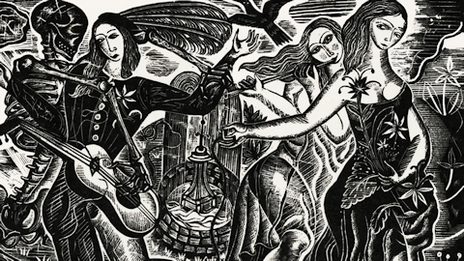
|
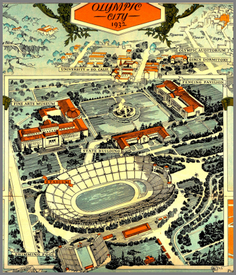 |
Jon Woodson
two selections from his new book Summer Games: A Novel ‘Diabasis’ plus |
| ‘Bonus
Army’ |
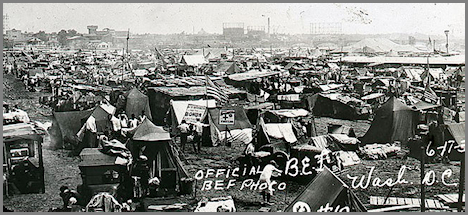
|
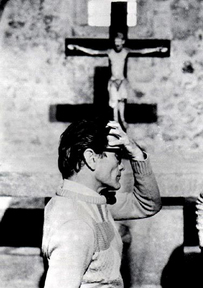
|
Luciana Bohne Pasolini's St. Paul: a Prophecy of Our Times? a review his notes on his unmade film
|
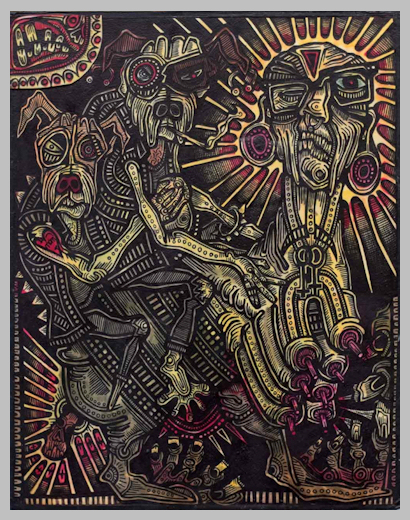 |
Tim Wengertsman
Woodcuts
plus: |
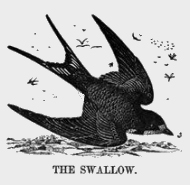 |
Joan McCracken The Swallow and Ode to a Nightingale |
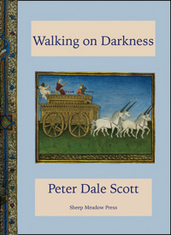 |
Peter Dale Scott
from his
Walking on Darkness |
| |
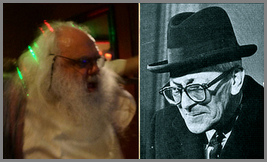
|
Carlo Parcelli (after Peter Dale Scott) |
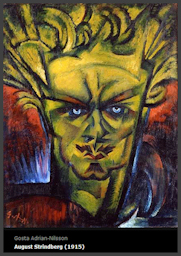 |
John Ryskamp
‘Strindberg on Meth’
|
|
| |
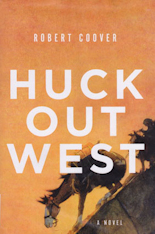
|
JR Foley Robert Coover's Huck Out West a review |
| |
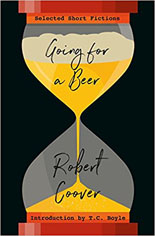
|
JR Foley Robert Coover's Going for a Beer a review |
| |
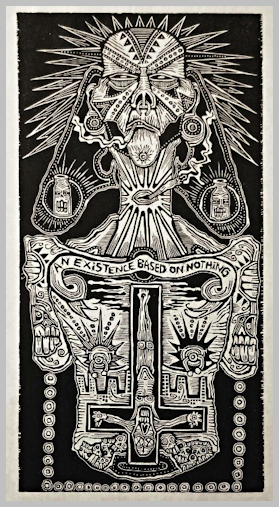 |
Carlo Parcelli Part II [Dog Bite in Exile]
Monologue for |
|
Pete O'Brien
|
|||

|
whistles the jackdaw
[11 haiku] 29 may 2016: 29 may 2016: four poems |
||
|
|
|||
|
plus
A Sheaf of Flashes 4 |
|||
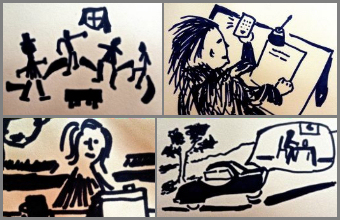 |
|||
In this issue...
DAVID JONES returns!
FlashPøint #13,
Spring 2010, showcased
the art of Welsh poet and painter David Jones, as well as scholarly reflections on his
poetry. Two years later the David Jones Society held a new conference on Jones at
Washington Adventist University in Takoma Park, Maryland. This issue of
FlashPøint features papers presented at that
conference.
Kathleen Henderson Staudt introduces a host of essays by Thomas Dilworth on
Jones and the Celtic tradition in English literature, Jasmine Hunter-Evans on
“breaks” and “bridges” in the continuity of culture, Thomas Goldpaugh
and Staudt herself on
different significant aspects of Jones's The Anathemata, Malcolm Guite on the
“Incarnational thrust” of Jones's art, Paul Robichaud on the key
Jonesian theory of “making,” Gregory Baker's edition
of an address by Jones to the University of Wales in 1960, as well as William F. Blissett's
reflections on new directions for projects on Jones's work in light of his own
friendship with the poet/painter.
Fr. Dominic White, O.P. and Sr. Rose Rolling, O.P.
introduce a 2021 exhibition of art/word as ‘creative deed’ in David Jones and Contemporary Art at Blackfriars, Cambridge.
FlashPøint editor
Bradford Haas adds a rich sheaf of Culture & Artifice: The Major Book Illustrations of David Jones following Jones's
explorations of word and image in the prose tales of others, including The Book of Jonah, The Chester Play of the Deluge, and The Rime of the
Ancient Mariner.
David Jones has further
company in this issue of FlashPøint. One wonders what painter Jones
would think of Tim
Wengertsman's work, but at the very least it would likely leave him arrested, not
to say mesmerized.
John Ryskamp's new play, “The Curtain Rises on the Revolution”, has startled one reader to write:
Heady company for Master
Jones!
Even headier, Robert Coover takes (off) on a boyhood contemporary of Jones—Mark Twain—as he imagines what Twain did not—Huck Finn's (and Tom Sawyer's) later adventures after &ldquot;lightin' out for the Territory.” JR Foley booknotes Coover's new Huck Out West…as well as a brand-new selection of Coover's short fictions, circa 1962ř2016, entitled Going for a Beer. These shorties are never less than either funny or scary…or both at once.
More heady company comes in
the form of two episodes, “Bonus Army” and “Diabasis,” from Jon
Woodson's new novel, “Summer Games,” wherein four Black grad students drive
cross-country from Washington, D.C., and the Bonus Army camp on Anacostia Flats,
to the 1932 Olympic Summer Games in Los Angeles. Let it not be said that the tales
of Woodson are ever exercises in historical naturalism.
Nor, for that matter, are the fictions of Pete O'Brien, who returns to FlashPøint with a “Sheaf of Flashes 4,” plus “whistles the jackdaw” and “29 may 2016: four poems.”
Pete O'Brien also presents FlashPøint readers with a Clarice Lispector Special!
celebrating the Brazilian novelist who contributed her own gender-bending, image-smashing storytelling innovations to the nova ficção of Brazil.
The six-page Special! explores Clarice's life and works as well as her impact on others, especially storytellers and poets writing today.
In "The Swallow" Joan McCracken
takes us further into the passion and exuberant vision of Miriam amid lovers past and
future. Then one of the lovers remembers Miriam in Ode to a Nightingale.
But this seems game-playing in
the face of what Pier Paolo Pasolini attempted in his never-produced screenplay
St. Paul, which retold the early days of Christianity—transplanted to
Nazi-dominated France—before, as Pasolini shows it, Satan and St. Luke turned it
into a Church. Luciana Bohne in recounting the scenario asks: is it “a
prophecy of our times?”
And Ictus bites again! Canus Ictus, fool and gadfly exiled by Rome, wanders his isle of bones
and skulls reminiscing of orgies and massacres past, invoking ghostly Spartacus,
shipwrecks, battles with Spartoi, and the last time he and Loquatia wasted no time.
With Peter Dale Scott's Walking on Darkness set to appear later this year, FlashPøint is proud to present
Six Poems from this new collection.
Inspired by Peter Dale Scott's poem
Tavern Underworld, Carlo Parcelli gives us More Fun House East, 1969 weaving two personal, polar opposite experiences into a helix of insight.
Enjoy FlashPøint #18!
A Comment on this issue...
Some might wonder why we're juxtaposing works by the avowedly religious David
Jones with a piece about the Marxist filmmaker Pier Paolo Pasolini's unfinished film
‘St. Paul,’, the art work of the Punk woodcut artist Tim Wengertsman, and the work of
the avowedly irreligious poet Carlo Parcelli.
But the juxtapositions are connected by a moral & aesthetic thread. David Jones shied
away from the blasphemous curses of his Cockney WWI trench comrades, but he
described their inherent power as ‘almost liturgical,’ And Pasolini noted that “Every
blasphemy is a sacred word.”
Jones felt technology & modernity impoverished contemporary society. In his 1959
statement to the Bollingen Foundation he remarked that:
There's a strong desire for social justice in our four artists—a desire for a way to
expose the brutality imposed by humankind on one another.
As one critic put it, Pasolini often used “religious/mythic imagery to ground a political
critique.”
In the David Jones painting “Martyrdom” above, St. Ignatius, Bishop of Antioch, is attacked by
lions as punishment for his refusal to renounce his faith. He's frightened, and his
vestments prove an insubstantial armor against the lions' attack. Eric Gill said of Jones
that:
Carlo Parcelli uses the Roman Imperium in his poetic monologues as metaphor for our
current Western Imperialist age. But his characters don't look to the spiritual. Instead
they predict a hunger for recourse with the same ferocity that matches that of the lion.
As one of his characters says, “The meek will stand a bear up in a pen if it's
meat.”
—Pasolini: The Sacred Flesh
All David Jones images are reproduced by the kind permission of the David Jones Estate. We are eager to hear
from you, especially about this issue, so please tell
us what you think: flashpnt@hotmail.com!
Catchwords & banalities storm through & about the
protagonist in John Ryskamp's “The Curtain Rises on the Revolution,” pummeling
outward into single-sentence vignettes. Does he swat them off or is he batting them
forward? From the play:
“Ryskamp likes to guide his audience two fingers in the nostrils back to the stage.”
and “Are we dreaming Ryskamp or is he dreaming us?”
“For now the artist becomes, willy-nilly, a sort of Boethius, who has been nicknamed
‘the Bridge,’ because he carried forward into an altogether metamorphosed world
certain of the fading oracles which had sustained antiquity.”
This comports with Pasolini's views. For Pasolini, as critic Stefania Benini has noted,
“The sacred embodies the nemesis of modernity.” Benini summarizes Pasolini's views
from his notable 1970 interview with Jean Duflot:
“He looks back nostagically to the mythical relationship of ancient civilizations with
nature and the earth from the extreme margins of the ‘universo orrendo’ (‘horrendous
universe’) perceived, from a Marxist perspective, as the dominion of bourgeois
homogenization and consumerism.”
And Jones continues with what could apply to Tim Wengertsman's desire to document
the otherwise marginilazed Punk subculture of himself and his friends in Hartford, CT:
“My view is that all artists […] are in fact ‘showers forth’ of things which tend to be
impoverished, or misconceived, or altogether lost or wilfully set aside in the
preoccupations of our present intense technological phase, but which, none the less,
belong to man.”
In Wengertsman's work we see a powerful yearning for comraderie and meaning. The
meaning often comes through the physical/spiritual use and misuse of drugs &
alcohol, but the desire for what's holy to him & his companions is annointed in his
work by the use of halos & other religious iconography. Wengertsman is satirical but
calls justifiably for empathy, asking us to feel the pathos of the lives of his subjects
along with the humor.
‘We should miss the quality of his work if we did not see that it is a combination of
two enthusiasms, that of the man who is enamoured of the spiritual world and at the
same time as much enamoured of the material body in which he must clothe his
vision.’
The lions depict the instinctive, brutal force of nature but also the ferocious desire for
power on the part of the men who placed the Saint there, men such as those who gave
us World War I.
Sources:
Stefania Benini, U.of Toronto Press (2015)
—Saint Paul: A Screenplay, Pier Paolo Pasolini, Alain Badiou
Ward Blanton,
Elizabeth Castelli (Translator). Verso (2014)
—Martyrdom, 1927, David Jones, watercolour, pencil & black ink
via www.waterman.co.uk
/ with Eric Gill quote:
Paul Hills, ‘The Art of David Jones’ from David Jones, Tate
Gallery, London, exhibition catalogue, 1981, p19.
